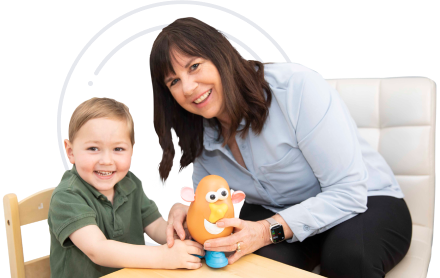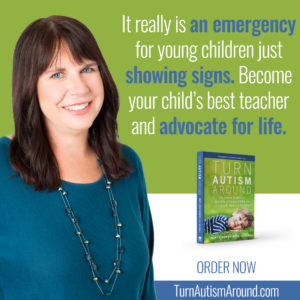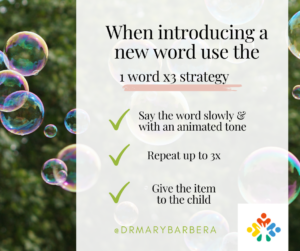Five Key Areas to Assess Speech Delay or Autism
1. Speech and Language Usage
Examine not just how much your child is talking but how they’re using language. Key questions include:
-
Are they using words functionally, such as saying “juju” for juice while pointing?
-
Are they labeling objects but not engaging with others?
-
Are they scripting phrases from videos without contextual understanding?
Language regression is another critical sign. For instance, Lucas’ language appeared typical before his first birthday but became intermittent afterward. Pay close attention to how your child’s language evolves. Using gestures is a great first sign for late talkers.
2. Understanding Language (Receptive Language)
Receptive language, or how well your child understands others, is crucial. A child’s ability to follow simple directions or respond to their name can reveal much about their developmental stage. A child who can follow basic directions, but doesn’t have speech may be a late talker. If a child also struggles to follow directions, this may be a furthur sign of autism.
3. Social Communication and Play Skills
Observe your child’s social interactions and play behaviors. Seeing delays in this area are the top signs of autism instead of “just” being a late talker.
Signs of concern include:
-
Limited eye contact or gestures, such as pointing.
-
Lack of imitation, such as clapping or waving.
-
Minimal response to their name or other social cues.
4. Imitation Skills
Imitation is foundational for language and play development. Can your child mimic simple actions or sounds? If not, it may signal a need for intervention.
5. Behavior and Flexibility
Watch for excessive insistence on sameness or repetitive behaviors, such as:
-
Focusing on one object for extended periods.
-
Lining up toys or objects.
-
Meltdowns triggered by changes in routine.
While some rigidity is normal in toddlers, excessive behaviors may warrant further evaluation.






